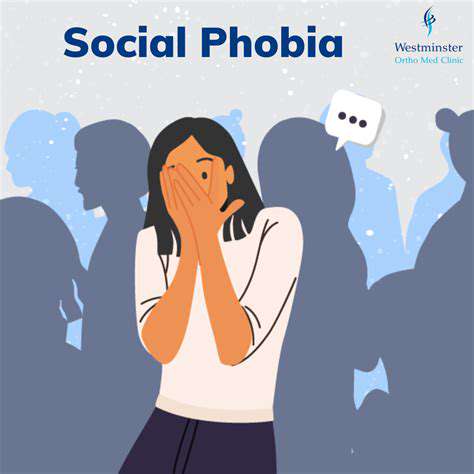Different Types of Anxiety Attacks: What to Know
Social Anxiety Disorder: When Everyday Interactions Feel Overwhelming

The Heart of Social Anxiety Explained
Social anxiety disorder, sometimes called social phobia, isn't just about feeling shy. It's a persistent mental health challenge where ordinary social encounters trigger intense fear. People with this condition constantly worry about being negatively evaluated, embarrassed, or humiliated in front of others. This isn't a choice or personality quirk - it's a genuine psychological struggle that can make everyday activities feel impossible.
The physical reactions often include a pounding heart, clammy hands, shaky voice, and shortness of breath. These bodily responses frequently make the anxiety worse, creating a self-perpetuating cycle that's hard to break without help.
How It Affects Real-World Functioning
This condition can dramatically alter how someone lives their life. Many avoid situations most people take for granted - from work meetings to casual conversations with neighbors. The resulting isolation can create deep loneliness and make building connections extraordinarily difficult. Career advancement often suffers when networking feels impossible, and academic success may be hindered by an inability to participate in classroom discussions.
The constant mental preparation for and recovery from social interactions leads to chronic exhaustion. This drain on mental resources frequently impacts concentration, work quality, and overall life satisfaction.
How Our Thoughts Fuel the Anxiety
Distorted thinking patterns maintain and intensify social anxiety. People tend to magnify potential negative outcomes while minimizing their ability to cope. They might assume everyone notices their nervousness or that minor social mistakes will have catastrophic consequences. Many spend hours analyzing past interactions for perceived flaws.
Learning to recognize and reframe these thought patterns forms the foundation of effective treatment. Therapeutic approaches help develop more balanced perspectives that reduce anxiety's grip.
Recognizing the Signs
Mental health professionals diagnose social anxiety disorder using criteria from the DSM-5. Key indicators include disproportionate fear about social situations, avoidance behaviors, and awareness that the fear exceeds the actual risk. Getting an accurate professional assessment is essential because symptoms often overlap with other conditions.
Noticeable physical signs like visible trembling, excessive sweating, or voice quivering commonly occur. A skilled clinician can distinguish between normal nervousness and clinically significant anxiety.
Pathways to Improvement
Effective treatments exist for social anxiety disorder. Cognitive-behavioral approaches help modify unhelpful thought patterns while gradually increasing comfort in feared situations. Some people benefit from medications that reduce overall anxiety levels. Peer support groups offer valuable opportunities to practice social skills in a low-pressure environment.
Building a network of understanding individuals - whether professionals, friends, or fellow travelers on this journey - makes the path to managing symptoms much more navigable.